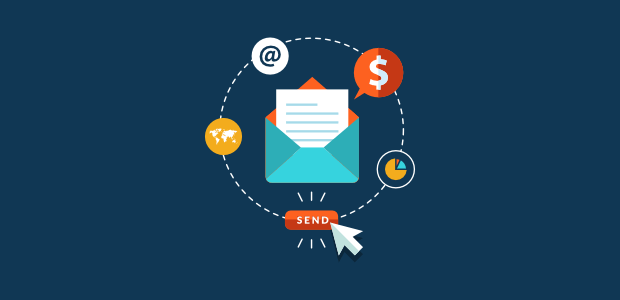In the dynamic realm of digital marketing, email marketing funnels stand as a cornerstone for engaging customers and driving sales. As we venture into 2023, the landscape of email marketing continues to evolve, calling for innovative approaches and strategies. Here's an in-depth guide to revolutionize your email marketing funnel, ensuring it's both effective and resonates with your audience.
Understanding the Email Marketing Funnel
1. What is an Email Marketing Funnel?
The email marketing funnel is a strategic model depicting the customer's journey from initial contact to loyal advocacy. It's a nuanced blueprint guiding potential customers through various stages, including awareness, consideration, conversion, loyalty, and advocacy. Understanding these stages is crucial for crafting impactful, stage-specific content.
2. The Stages of the Email Marketing Funnel
- Awareness: Introduce your brand compellingly. Use storytelling to connect emotionally and establish a strong brand identity.
- Consideration: Offer valuable content like insightful blog posts, engaging webinars, and persuasive case studies. Focus on addressing customer pain points and showcasing your solutions.
- Conversion: This pivotal stage demands a balance of persuasion and urgency. Implement compelling calls-to-action, special offers, or exclusive discounts.
- Loyalty: Post-purchase engagement is key. Keep customers informed and excited about new offerings and updates.
- Advocacy: Encourage satisfied customers to become brand champions. Leverage reviews and referrals to amplify your brand's reach.
Strategies for an Effective Email Marketing Funnel
1. Clean and Segment Your Email List
Regularly cleanse your list for accuracy and relevance. Segment it based on user behavior, preferences, and engagement levels to tailor your communication effectively.
2. Know Your Audience Inside Out
Deeply understand your audience's demographics, behaviors, and preferences. Tailored content resonates better, leading to higher engagement and conversions.
3. Craft Engaging and Relevant Content
Each stage of the funnel requires distinct content. From informative articles in the awareness stage to persuasive calls-to-action in the conversion phase, ensure your content aligns with the customer's journey.
4. Utilize Trigger-Based Emails
Implement automated emails triggered by specific customer actions. These timely and relevant messages can significantly boost engagement and conversions.
5. Test, Learn, and Optimize
Continuously test different elements of your email campaigns. Analyze the data to understand what works best for your audience and refine your strategy accordingly.
Why Choose Email Marketing Funnels?
In a world where consumers are inundated with marketing messages, a well-structured email marketing funnel stands out by delivering personalized and timely content. It respects the individuality of each lead, nurturing them with tailored messages, ultimately leading to higher conversion rates and customer loyalty.
Conclusion
As you embark on enhancing your email marketing strategy, remember that the funnel is not just a pathway to sales but a journey of building lasting relationships with your customers. By focusing on clean data, audience understanding, engaging content, strategic triggers, and continuous optimization, your email marketing funnel will not only be successful but will also set a benchmark in customer-centric marketing. Embrace these strategies, and watch your email marketing funnel transform into a powerful tool for sustainable growth and customer loyalty in 2023 and beyond.



